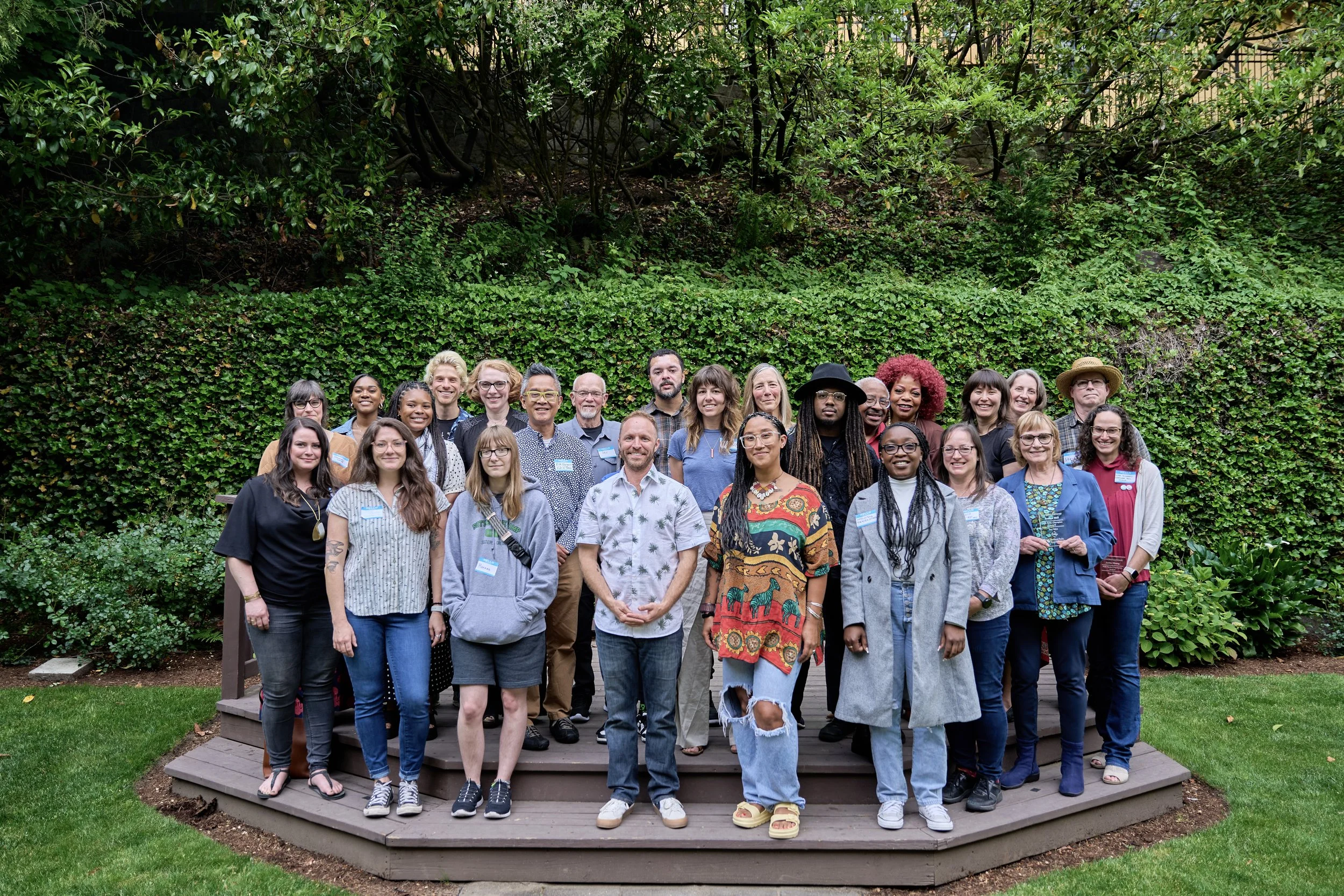By Julia Benford
Have you ever walked through a park and found yourself wanting to know more about a particular tree, flower, or bird you saw there? Even in the depths of Winter Portland's parks hide natural treasures just waiting to be discovered.
One great way to learn more about the native species of the Pacific Northwest is to take a Master Naturalist course, offered through Oregon State University’s Extension Service. We spoke to Brandy Saffell, Portland Chapter Coordinator of the Oregon Master Naturalist Program, to find out more about the role of Portland parks for wildlife conservation.
How have Portland’s parks played a role in your life?
The Master Naturalist training that I lead focuses on the Willamette Valley eco-region, which means that we do field work in Portland. We conduct two field classes in Portland parks, one at the Hoyt Arboretum and one at Mount Tabor. I find that hosting classes in the parks is a great way to educate people about plant and animal life within the city. On a personal level, I really enjoy spending time in Portland’s parks because they create the feeling of being out in the middle of a forest, but with all the amenities of a traditional park. That sense of being in the wilderness is something that’s unique to Portland parks.
What benefits have you seen from holding naturalist classes in city parks?
I remember one Master Naturalist class trip to the Hoyt Arboretum where many of the students were already knowledgeable in one particular field-- some were birdwatchers, some had studied native plants, et cetera. As a group, it took us three hours to do a third of our planned trail walk because people kept stopping to point out plants and animals along the way! It was amazing to see the students so engaged with their surroundings and eager to teach others about the natural world. Seeing the existence of biodiversity in the city can help spark a passion for learning more about the plants and animals around us.
What value do parks hold for Portland residents?
In addition to the important habitat they provide, parks are valuable because they inspire excitement about the outdoors! Many urban dwellers don’t have access to rural wilderness areas, but Portland’s parks allow people to explore a similar forested ecosystem. Having access to such beautiful natural areas encourages Portland residents to value conservation, because they see the ways that habitat can be incorporated into the city.
This month, why not take a Master Naturalist course for yourself? The next time you visit a Portland park, you’ll feel proud knowing that you can identify the plants and animals that live there. Learning more about the natural world is a great way to gain an even deeper appreciation for the wildlife here in Portland.























